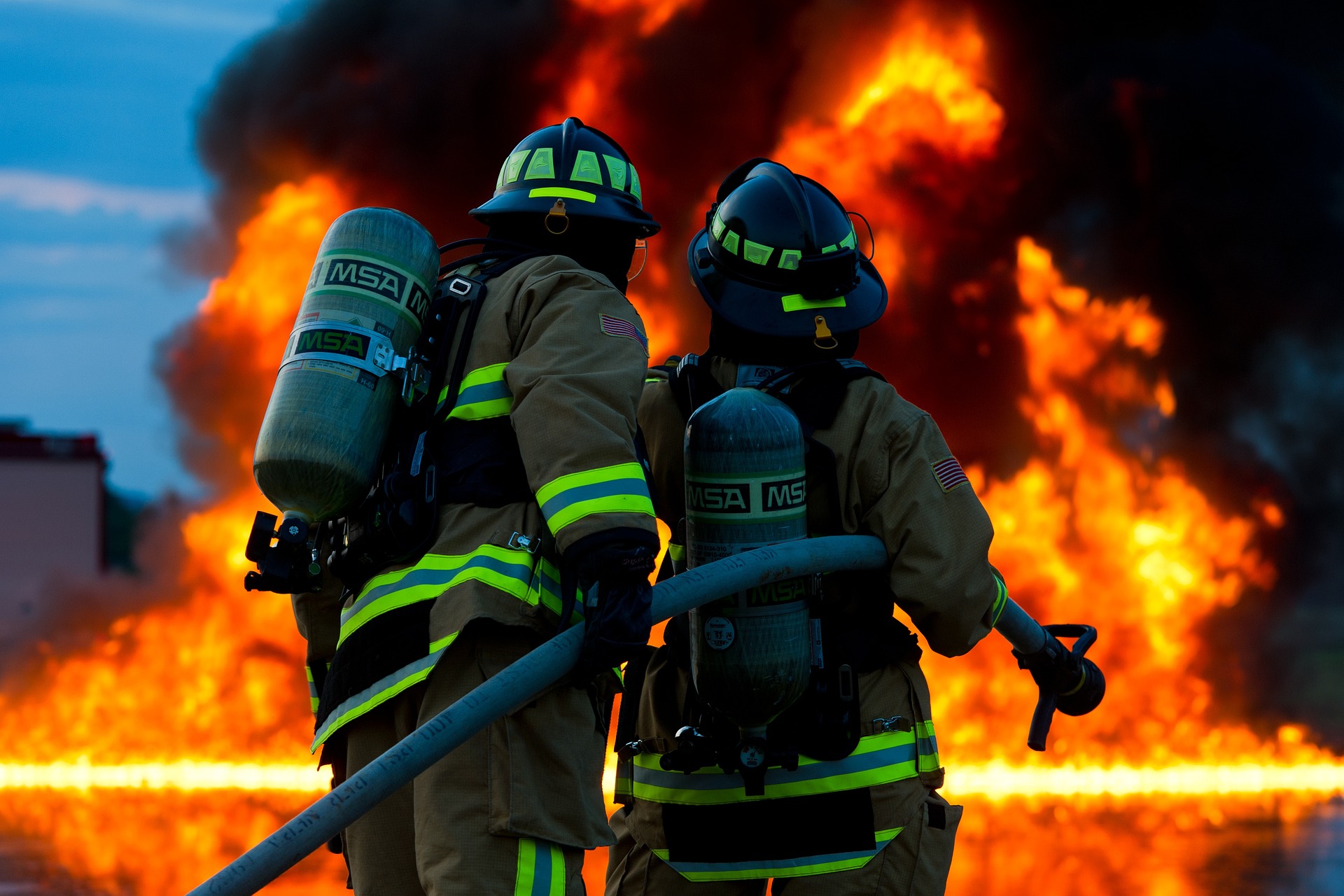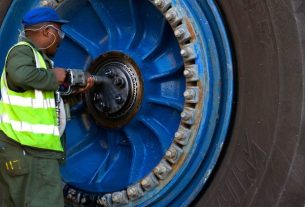As the fire risk remains high, more than 40 million people across eight states in the U.S. Northeast are now under Red Flag Warnings. The warnings, issued by the National Weather Service (NWS), highlight the elevated danger of wildfires due to a combination of dry conditions, high winds, and low humidity levels.
Key Weather Conditions Fueling the Risk
The primary factors driving the current fire threat are:
- Low Humidity: Relative humidity levels in the region are expected to dip to as low as 15% to 30%, creating an ideal environment for wildfires to ignite and spread quickly. Low humidity means that vegetation and other fuels become drier and more easily ignitable, making it harder for any rain or moisture to dampen potential fire risks.
- Strong Winds: Wind gusts of up to 35 mph are expected across much of the region, significantly increasing the speed at which fires can spread. Winds not only carry embers over long distances but also make it difficult for fire crews to contain flames once they’ve started.
- Dry Soil and Vegetation: The region has experienced unusually dry weather in recent weeks, leaving the soil parched and increasing the likelihood of wildfire ignitions. Despite some areas seeing cooler temperatures, the ground remains unusually dry, creating further concerns for fire behavior.
States Affected
The Red Flag Warnings are currently in place for large portions of the following states:
- New York
- New Jersey
- Pennsylvania
- Connecticut
- Massachusetts
- Vermont
- New Hampshire
- Maine
The warnings extend from the mid-Atlantic region up through New England, impacting millions of residents and communities that could be vulnerable to the threat of fast-moving wildfires.
Potential Impact and Preparations
The combination of dry conditions, gusty winds, and high fire danger raises the potential for significant wildfire outbreaks. Even small fires could spread rapidly under these conditions, threatening homes, businesses, and infrastructure.
Local authorities are urging residents in high-risk areas to take precautionary measures:
- Avoid Outdoor Fires: People are advised not to burn brush, discard cigarettes in dry areas, or engage in outdoor grilling during the Red Flag Warning period.
- Create Defensible Space: Homeowners in fire-prone areas should clear dead vegetation and debris from around their homes to create a defensible space that can help slow the spread of any potential wildfire.
- Be Prepared for Evacuations: Those living in areas at risk of wildfires should have an evacuation plan ready, including an emergency kit with necessary supplies.
Broader Context: Rising Wildfire Risks
The Northeast is not typically known for its wildfire activity compared to the western U.S., where wildfires are an annual threat. However, as climate change continues to alter weather patterns and seasonal precipitation, the risk of fires is becoming more widespread. Drier conditions and higher-than-average temperatures have contributed to a significant increase in the number of wildfires across the U.S. in recent years.
In particular, the Northeast has seen an uptick in wildfire risk as temperatures rise, summers become longer, and drought conditions become more common. Experts warn that this trend may continue unless substantial action is taken to address climate change and better prepare communities for the growing threat of wildfires.
Conclusion
The ongoing Red Flag Warnings in the Northeast serve as a stark reminder of the increasing wildfire risks across the country. With more than 40 million people under these warnings, the need for heightened awareness, preparedness, and action is more urgent than ever. While firefighting resources and technology continue to evolve, preventing and mitigating wildfires will require collective efforts from governments, communities, and individuals to better manage risks in a changing climate.
Stay tuned to local weather reports and follow safety guidelines to help reduce the risk of fire-related disasters during this heightened danger period.
Here are some references to further explore the topic of red flag warnings, fire danger, and wildfire risks in the Northeast:
1. **National Weather Service (NWS)** – Red Flag Warnings:
– The NWS regularly updates red flag warnings and fire weather alerts. Their official page provides the latest weather advisories and safety tips for those in fire-prone areas.
Link: [National Weather Service Fire Weather](https://www.weather.gov/fire)
2. **U.S. Forest Service – Fire Danger**
– The U.S. Forest Service offers insights into wildfire prevention and education, including information on conditions that increase fire danger, such as low humidity and high winds.
Link: [USFS Wildfire Information](https://www.fs.usda.gov/managing-land/fire)
3. **National Interagency Fire Center (NIFC)** – Wildfire Statistics and Alerts:
– The NIFC tracks and reports wildfire activity across the U.S., including forecasts for fire danger and real-time wildfire statistics.
Link: [NIFC Wildfire Dashboard](https://www.nifc.gov/)
4. **Fire Weather Watch vs. Red Flag Warning** – National Weather Service
– Understanding the differences between fire weather watches and red flag warnings, including their significance and implications for residents.
Link: [NWS Fire Weather](https://www.weather.gov/)
5. **The New York Times – Wildfire Risk in the Northeast**
– Articles that discuss the growing wildfire risks in the Northeast U.S., a region traditionally less impacted by wildfires.
Link: [NYT Wildfires in Northeast](https://www.nytimes.com/)
6. **Environmental Protection Agency (EPA)** – Climate Change and Wildfires:
– The EPA provides research and reports on how climate change is affecting wildfire risks across the U.S., including the Northeast.
Link: [EPA Wildfire Risks](https://www.epa.gov/)
7. **Climate Central** – Impact of Climate Change on Wildfires:
– A resource offering insights into how climate change is affecting the frequency, intensity, and spread of wildfires in different regions, including the Northeast.
Link: [Climate Central Wildfire Reports](https://www.climatecentral.org/)
These sources provide valuable information on current wildfire risks, preparedness, and the role of climate change in the increasing frequency of wildfires across regions traditionally less affected.



